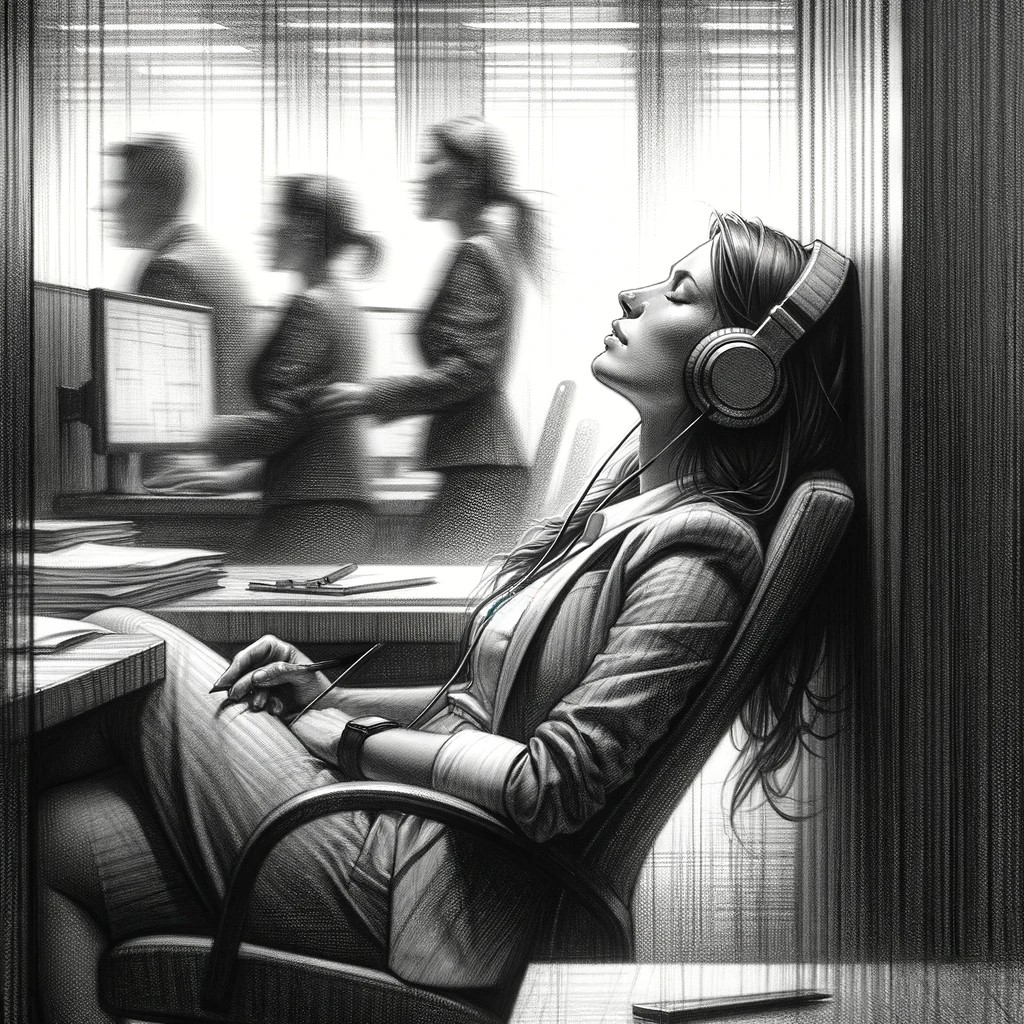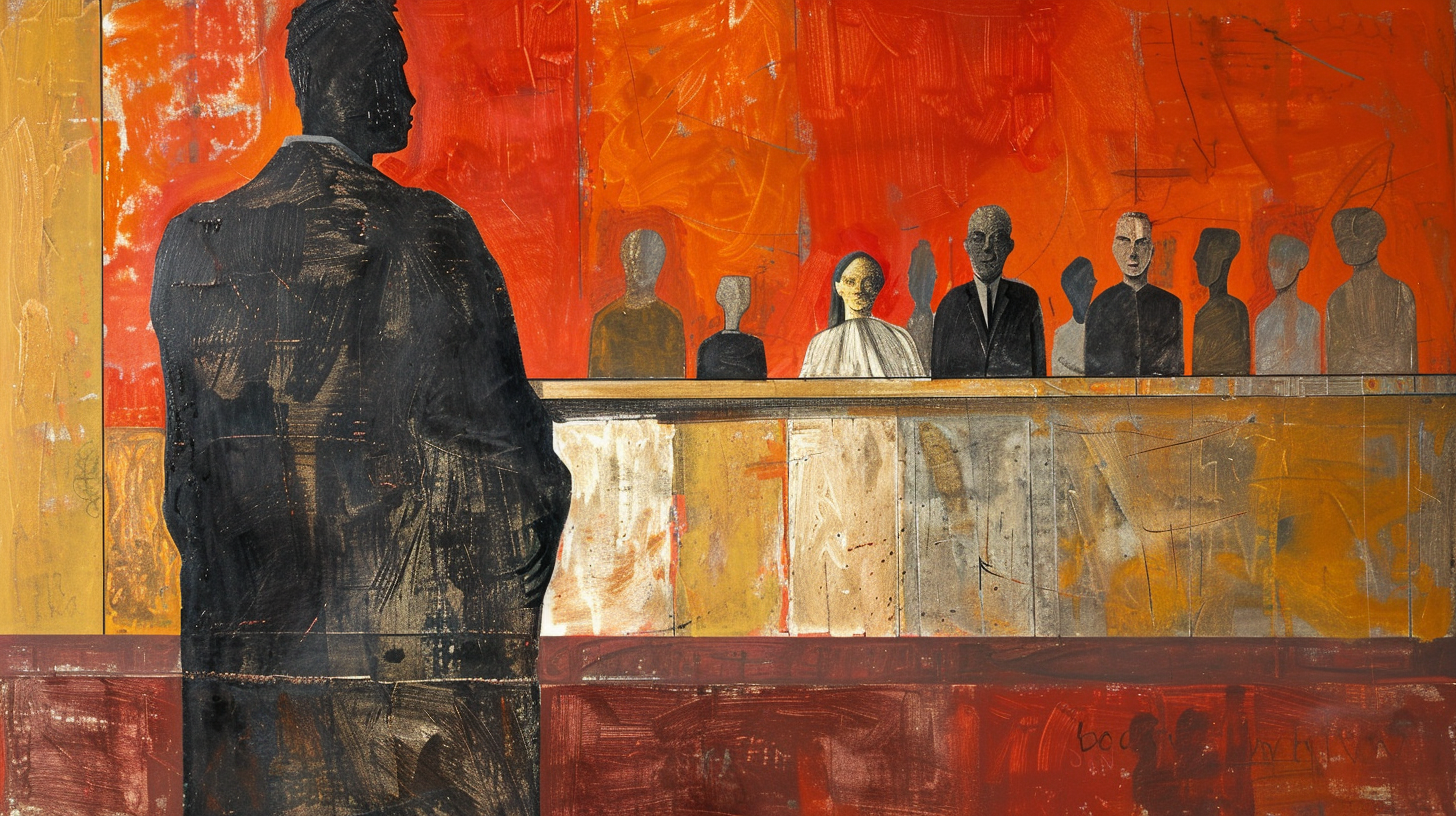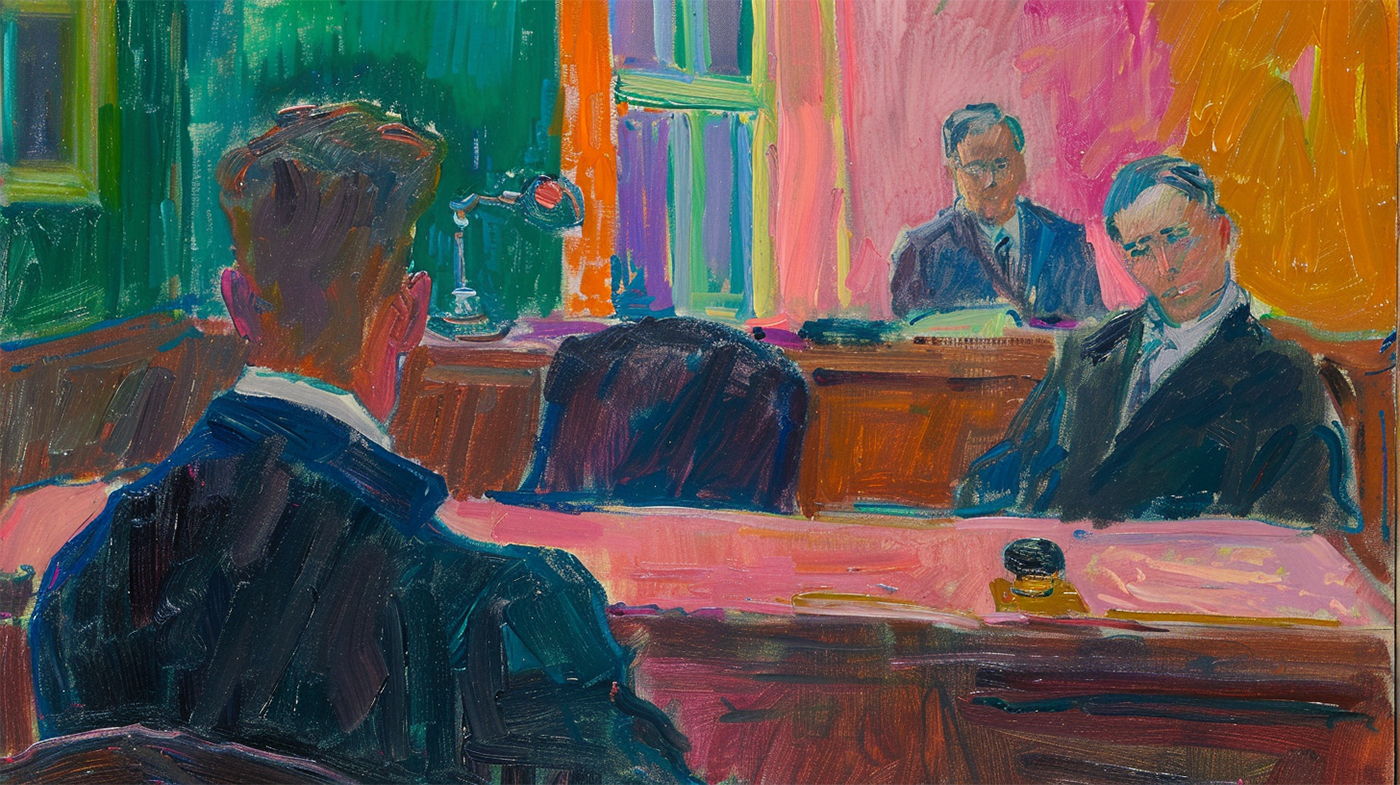Preparing for arguments for court is now an exercise in labouriousness.
Let’s take an application. The court will fix a schedule for the exchange of affidavits on the first case management date. Once that is completed the court will fix a schedule for the exchange of written submission. This is now taken as a matter of course.
Now, no matter how simple and singular the contested issue might be, written submissions will be directed as a matter of course. So long as there is a dispute, there shall be written submissions.
I joke with all seriousness that one day, if we are not careful, we will have to file written submissions with bundle of authorities for simple uncontested applications. Even those heard ex-parte i.e., hearing one side only, such as substituted service and extensions for time to serve a writ or an originating summons. You want to withdraw without liberty to file afresh before service on the other side you say? Written submission! Bundle of authorities! Speaking note!
Written submissions are directed in two ways. There is the standard direction: applicant files its submission first; respondent replies to it; and concludes with the applicant’s reply. There is the simultaneous direction: applicant and respondent file their submission simultaneously. Both then respond to each other’s respective submission; and if a reply is allowed, and these are thankfully rare, a response to that.
If the court gave standard directions, it will have three sets of submissions to get through; if it gave simultaneous directions, it may have four or six.
The court will fix a hearing for oral submission after both parties comply with whichever directions given. At the hearing, counsel for the respective parties are expected to further distil their submission at the hearing. What often happens instead is they go on to elaborate their written submission instead of distilling it. An example of this can be seen in I love you 1000+.
With the digitalization of the court filing system and process, with online hearings happening more than physical hearings, the way we prepare our submission has changed to accommodate those changes. More effort goes into preparation for an online hearing as compared to a physical hearing.
For online hearings, we now prepare either a speaking note (our submission condensed to note form) or a power point presentation summarizing our points and displaying the documents or authorities referred to. Or my colleagues do so, and do so for me. We currently feel these items better facilitate the ingestion of our submission in this digitized-video-internet environment.
I once said I would never use power point for my oral submission. I never expected I would ever argue through a computer screen over the internet in my office. I never dreamed a lawyer could argue a matter in court in their shorts and barefoot because only our top halves are displayed on video. So never say never.
But it’s important to remember that it wasn’t always like that.
Before the advent of online hearings, we filed and exchanged our written submission, turned up at the hearing and presented our arguments orally. But even before that, when I started practice, we didn’t prepare written submissions. Nobody did. We just turned up in court and argued the application when we were called upon. We just brought our bundle of authorities, relied on our affidavits or appeal records and went at it.
But those days of pure oral arguments are so over. Now, filing a written submission is a prerequisite to having an oral submission. We will not be allowed to submit orally unless we have first put in our written submission. The pendulum has swung entirely for the written submission and against oral submission.
Although we cannot do without submission, I feel we have come to a point where we need to ask whether we can do this submission thing better – both written and oral; whether we can put our efforts to more efficient use instead of simply generating more and more text and material for the court to store and consider; whether we can cut down the amount of material the court has to consider.
Firstly, the court should consider how the written and oral submission should work together. Presently, I think it’s inefficient because they both cover the same purpose. Both are a means to articulate arguments. Both shouldn’t share the same purpose because it leads to duplication.
If written submissions are to be had then they should articulate the full arguments. Of course, they should strive to be as cogent and concise as possible. The oral hearing should be confined to only clarification or emphasis. It should avoid any attempt at articulation.
Judges that read the submissions prior to the hearing should be apprised of our arguments before we even open our mouths. The hearing should not be an oral version of what they read. It should be confined only to either the judges’ queries for counsels and in the absence of that, each counsel has half an hour to emphasize whatever point they want to make.
In this setting, a judge is encouraged to take the lead approach by putting their queries to counsel at the start as I have seen some do. I remember the once and only time I appeared before Justice Hasan Lah who chaired an appeal hearing in which I was for the accused appellant.
His lordship began the appeal in this vein: We have read both your submissions. The appellant’s argument is [summarizes our argument]. The respondent’s arguments is [summarizes their argument]. Correct? [We both nod at the same time] There are two issues that we would like you to address us on. The first is … [proceeds to put the two issues to us]. We addressed the judge’s questions and we were done. The hearing took less than half an hour.
What I liked about the judge’s opening was the summary of our arguments at the start. That was a clear indication that our submissions were read, considered and the only remaining issues the judges had concerns about were the ones posed to us. That spared us the trouble of submitting on facts or issues that the judges were uninterested in or found no issue with. It gave us confidence that we could focus our submission only on the areas of concern to the judges.
After putting in a written submission, there should not be a long hearing. A party must choose (with consent of court, of course): full written submission, short hearing i.e. not more than an hour, not more than fifty pages; short written submission, longer hearing i.e., not more than two hours, not more than fifteen pages. A party should not have effectively two bites at the cherry. The fullness of the written submission should be balanced against the duration of the oral hearing.
Those times I suggest are plucked from the air. Think of them as placeholders instead of a diktat. Used to make a point. The sweet spot has to be found in experiment. For the time allocated, that includes the submission in reply. The appellant or applicant should inform the court at the start of the hearing the amount of the time they intend to reserve from the time allocated for their reply.
I have seen this done in American appellate courts. It is a good practice. This brings certainty to the time an oral hearing would take. It allows a more efficient use of court time. It requires counsel to be focused and not waste their time.
Secondly, the courts could consider adopting a more discerning attitude whether written submission is required for certain matters. It could choose to proceed with oral submissions first and then consider whether there is any need to direct for further submissions after.
For example, for matters where the law is settled and it is simply application of law to facts, which I believe are the majority of cases, the matter should be straightforward. Examples of such applications are amendment applications, summary judgment applications, striking out applications, extension of time applications, discovery applications, judicial review applications, leave applications. The question in all these cases are whether the fact pattern satisfies a legal threshold.
For such matters, the court could easily hear the application by way of an oral hearing without prior written submission filed. It should ideally decide the application after that. Decision makers of sound legal competency should have no issue with this. If, however, it requires further submission on an issue, the written submission can be directed for just that issue only. But this should not be a common thing. Parties cannot reiterate the submission advanced at the oral hearing.
Again, the operating principle here is balancing the fullness of the written submission against the duration of the oral hearing. That must be the consideration moving forward so the oral and written submission are not repetitive exercises of putting the same material into different media forms. The written submission must not eliminate the oral submission. Both oral and written submission must be repurposed to give clarity how each functions.
You may rightly ask why I still see a need for oral submission when reading is faster, convenient and satisfying to the judge in absorbing our submission. The reason is simply this – the judge does not decide disputes in a vacuum. The disputes they preside over are tied to persons, artificial and natural, who have legal complaints. Justice must not only be done but seen to be done. The court must satisfy the parties about this. A court that does not convince the parties that justice was done or seen to be done has failed in its duty to the public.
Judges these days prefer reading to listening. They treat them as equivalent to each other. But reading and listening though related are different activities. Although they are both a means to absorb information, the apparatus that receives information differs. Reading is seeing. Hearing is listening. One uses the eyes, the other uses the ears. Reading is solo, listening is a duo.
Reading, although it has become dominant, it should not completely replace listening. Justice cannot be seen to be done without a hearing. And there cannot be said to be a hearing if there is no listening involved.
Related Posts
- Making choices
When deciding something critical, project myself to the distant future then look back at this…
- The Occult in Legal Practice | From the Atelier
From the Atelier Because I liked Hanis Nadzir's dramatic movie posters style, I thought she…
- The difference between a submission and an executive summary
The second question posed to me by a new practitioner that wrote to me about…
- Is Legal Practice a Business or a Profession?
For some reason, this is an evergreen topic in Malaysian practice. Those who pose this…
- Dealing with Others
Remember we are all human beings going through own own trajectory in life, at a…







